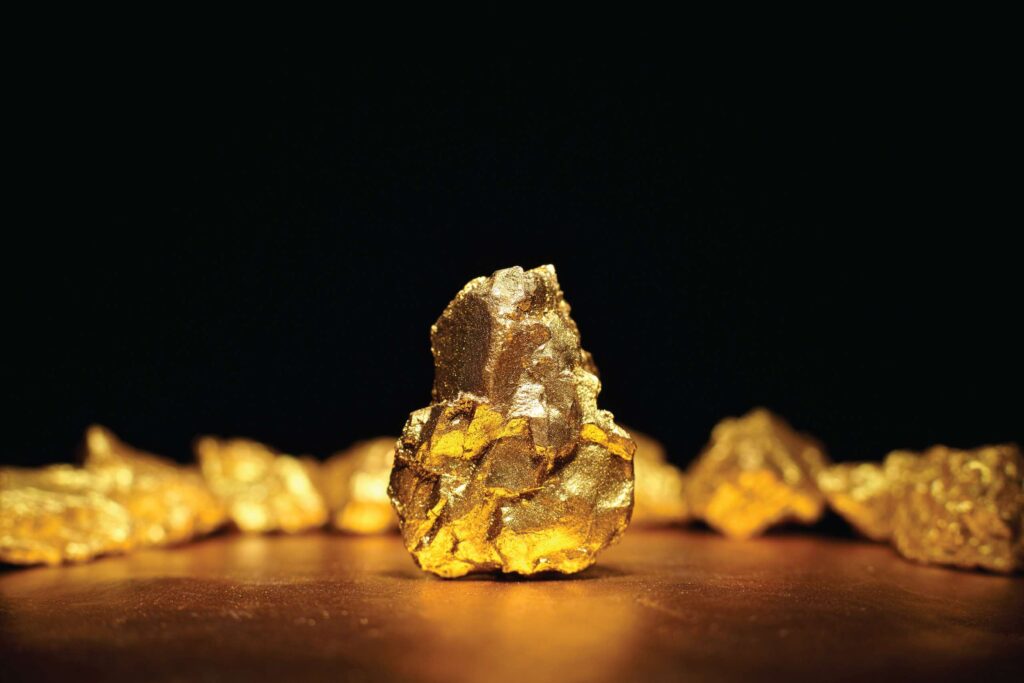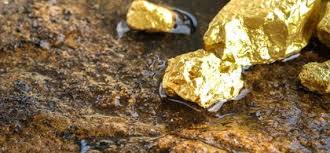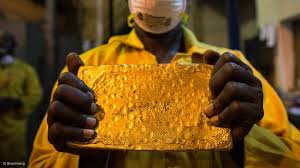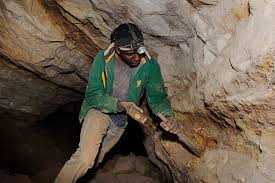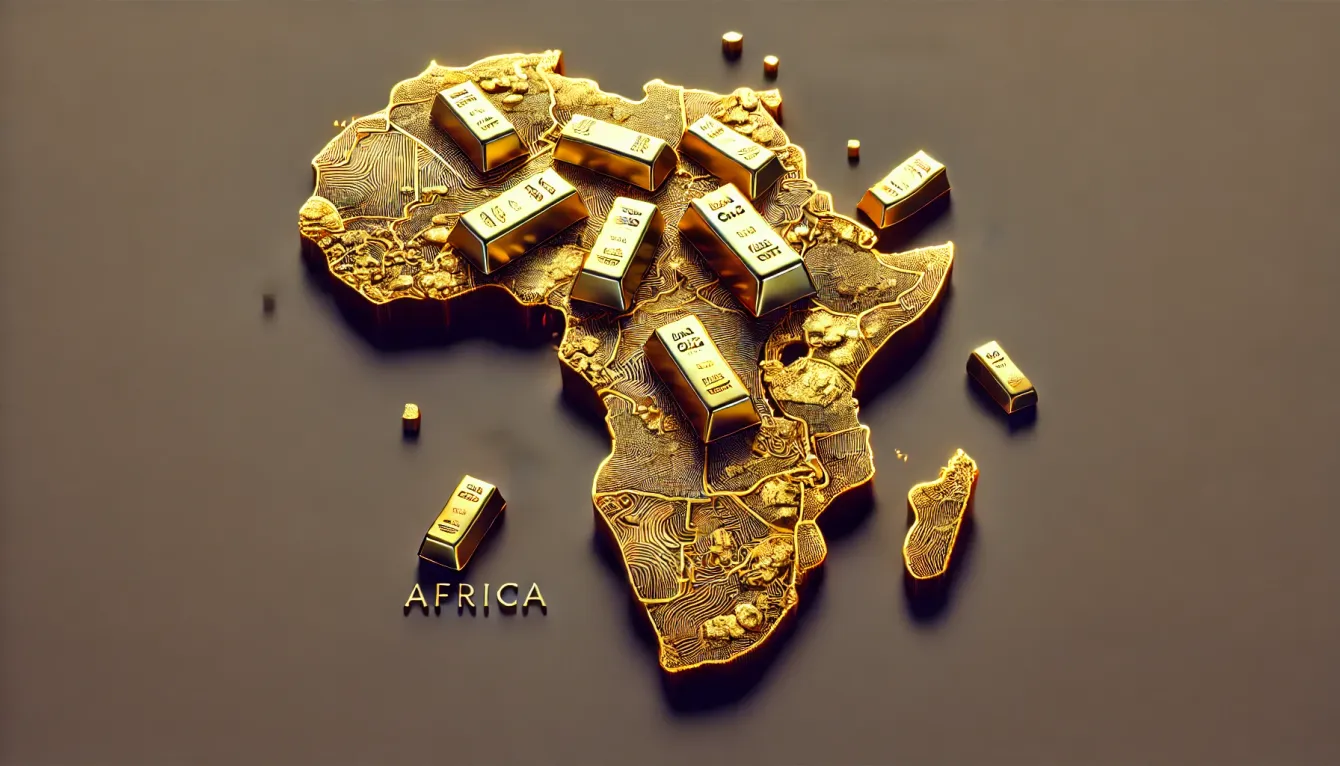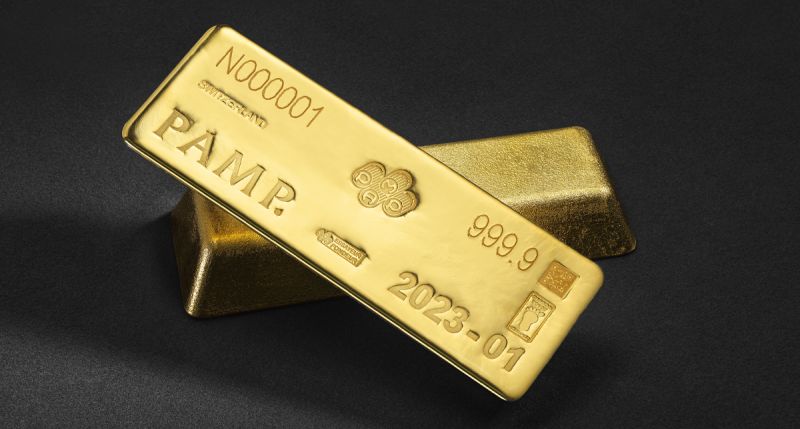Precious Metals

Diamonds are forever, thought Botswana's leaders. But the industry that has shaped the country is faltering
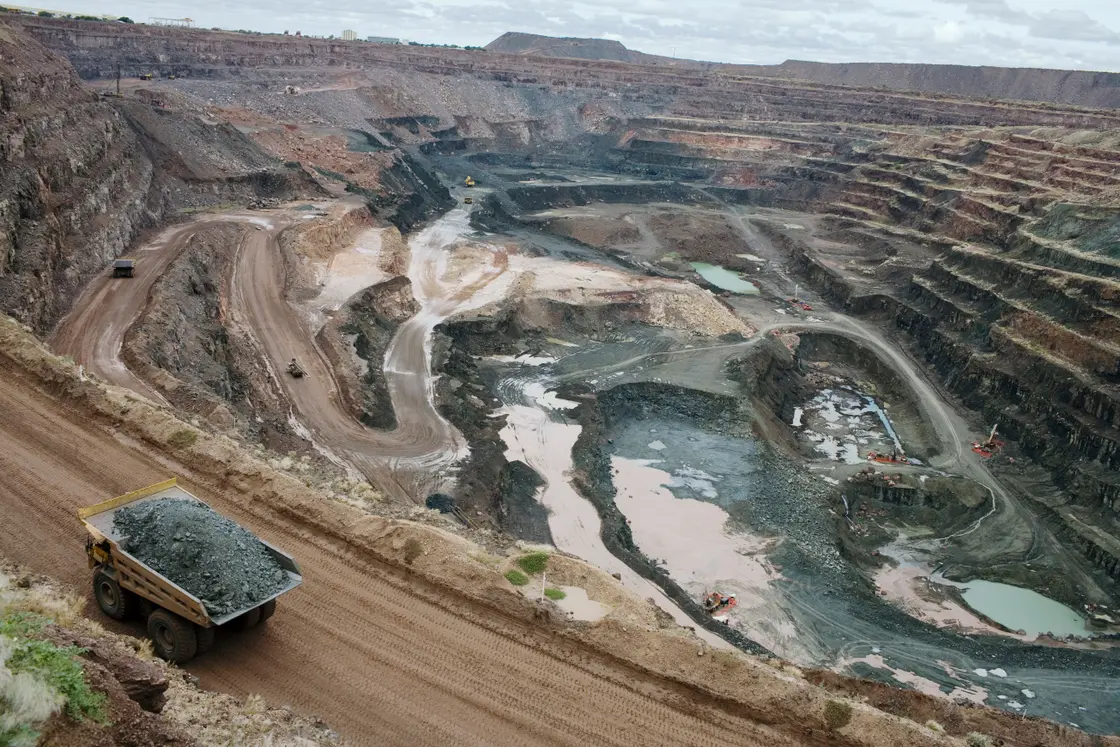
Hoping for reelection, the government promised to revolutionize the ailing diamond business. Its promises were too little, too late, critics claimed, and the long-ruling party was roundly defeated. The country now faces its first transfer of power in six decades of independence.
The sheer size of the gorge that has made Botswana richer than almost all other African countries isn't immediately obvious. The scale became clear only when looking to the bottom of the mine in Orapa, 300 meters further down: There, seemingly tiny vehicles rolled along, getting bigger as they sped up the path that wound its way out of the pit. They were loaded with hundreds of kilos of rock – a rock that held the key to enormous wealth.
«There will be another blast tomorrow. That's always a wonderful day,» said an engineer who was explaining the dimensions of the mine to visitors on a tour. The mine is almost two kilometers wide and over one kilometer long. It is the largest diamond mine in the world. The gems that have made Botswana a model African state have been mined here since 1971.
When Botswana achieved independence in 1966, only 40 people in the country held university degrees. Roughly the same size as France, Botswana had three secondary schools and only a few kilometers of tarred road. It was desperately poor. Then they began to mine diamonds in Orapa.
Today, Botswana is the country with the highest per capita income in sub-Saharan Africa (excluding the island states of Seychelles and Mauritius). There are more than 300 secondary schools. The road from the capital Gaborone to the mining region around Orapa is paved with asphalt, with hardly a pothole in sight over 500 kilometers. It is widely viewed as one of the region's least corrupt countries.
Thanks in part to turmoil in its diamond sector, it is also stepping into a new political er The deeper they blasted and dug in Botswana's mines, the further the country's development progressed. That has been the pattern since the country's independence.
But this certainty has been shaken. The price of diamonds is falling, as is demand. In the important markets of China and the U.S., demand has virtually collapsed. Artificial diamonds grown in laboratories are becoming increasingly popular. In 2023, 12 million carats of diamonds were extracted from the mine in Orapa, the equivalent of two and a half tons. This year, it will only be half as much.
This means that Botswana's state revenues are also collapsing. Almost 80% of the country's export revenue comes from the diamond business. In July, the International Monetary Fund slashed Botswana's growth forecast for 2024 from 3.6% to 1%.
The consequences of this collapse have sent shock waves through the country's politics. After a hard-fought election campaign, voters went to the polls on Oct. 30. Two days later, on Nov. 1, incumbent President Mokgweetsi Masisi conceded, ending a period of unbroken rule for his Botswana Democratic Party that stretched back to the country's independence in 1966. Masasi congratulated his apparent successor, human rights lawyer of Duma Boko of the left-leaning Umbrella for Democratic Change coalition, saying, «We lost this election massively.»
While other issues also played a role in Masasi's defeat, the government’s attempts to recover from the diamond downturn were apparently too little, too late.




